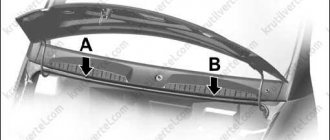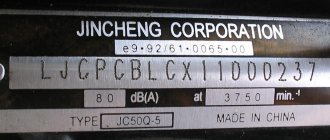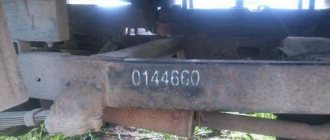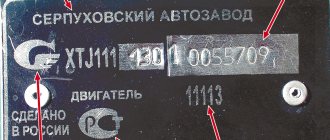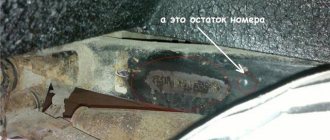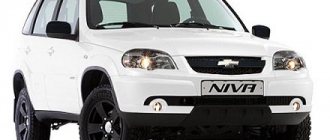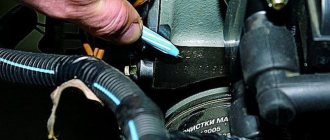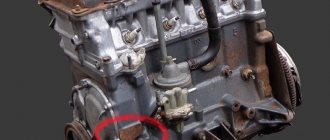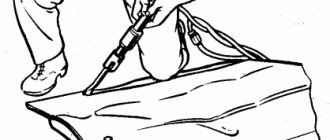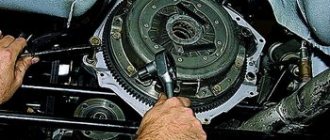All vehicles are equipped with a registration number in order to be identified in certain situations. In any case, this identification system is not effective enough in certain conditions or in the workshop. Manufacturers therefore have a unique code called a frame number that describes and cites very detailed design features of a particular vehicle version.
Thus, the chassis also has its own serial number, or code, to be identified accurately without the possibility of error. Below we will tell you what a chassis number is, what numbers it consists of, and, above all, what it is needed for.
Checking vehicle history by chassis number
The history of a car begins from the moment it leaves the service station. The traffic police databases record all information about car registrations, accidents suffered, the imposition of encumbrances and restrictions. Any car on the secondary market has its own history; for your safety, it is important to know it before making a purchase.
For some cars, the VIN code is missing or damaged, and it is impossible to read it, or you simply do not know it. The AutoHistory service will help you find out the history of a car without a Vin. Here you can check a car by chassis, frame or body number in a few minutes.
What is the chassis number?
This chassis number, also called body number
or VIN (
vehicle identification number
) is a sequence of numbers and letters that determine the uniqueness and exclusivity of each vehicle on the market. This number consists of 17 digits grouped into the following three blocks, as required by the ISO 3779 standard (this example is a dummy code):
| WMI | VDS | VIS | ||||||||||||||
| 1 | 2 | 3 | 4 | 5 | 6 | 7 | 8 | 9 | 10 | 11 | 12 | 13 | 14 | 15 | 16 | 17 |
| V | F | 7 | L | C | 9 | H | X | w | 9 | AND | 7 | 4 | 2 | 8 | 1 | 7 |
The meaning of this naming is as follows:
- Numbers 1 to 3 (WMI) refer to manufacturer data: Number 1. Continent where the vehicle was manufactured
- Number 2. Country of manufacture of the car
- Number 3. Car manufacturer
- Number 4. Car model
- Number 10. Year of manufacture. Cars manufactured between 1980 and 2030 are (and will be) represented with a single letter, while those produced between 2001 and 2009 are represented by a number.
